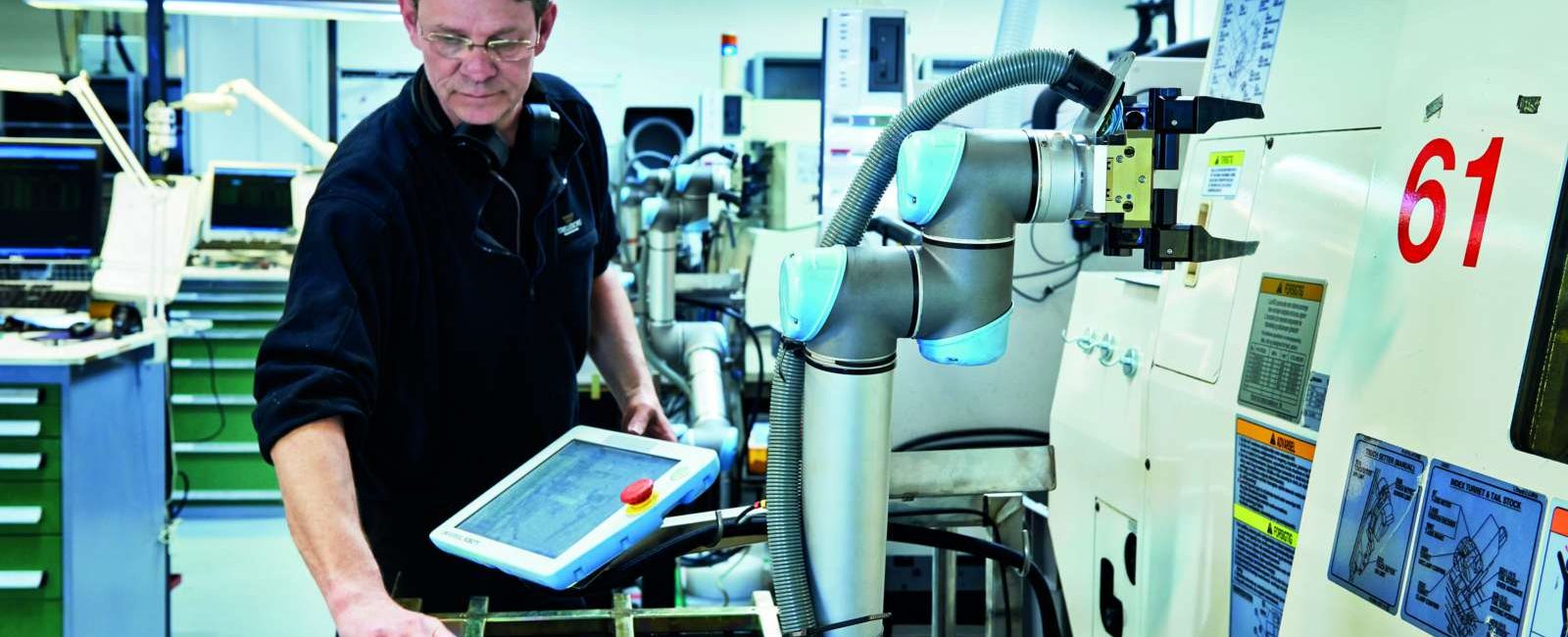
Since their introduction in the 60s to now, there’s no doubt that robots have evolved immensely and come a long way. Use of robots to lessen humans’ burden is not new.
Speaking of robotic technology, people are more likely to imagine a picture of a machine doing all the assembly tasks with excellent precision. Now, this could be in a car facility or perhaps, in any automotive setting. No matter where they are used, they are termed as ‘Assembly Robots.’
In the 70s, industrial robots gained a lot of attraction for their ability to paint, weld, and put multiple parts together with ease to create products that could be used in businesses and homes.
Automotive manufacturing is essentially the foremost industry to systematize robotic automation, which includes anywhere from increasing capacity to utilizing heavy-duty 6-axis robots to improving quality of the production process.
However, today, assembly line robots have stepped in. They are more advanced and can cater to different industrial needs than just automotive.
There is a constant need for high-speed and advanced robotic assembly for smaller, intricate parts and ALRs (Assembly Line Robots) can provide the precision and speed that manufacturers require without compromising on quality. The flexibility that assembly line robots offer helps manufacturers in optimizing workflows, enhancing capacity, and producing a wide range of products smoothly.
Having said that, it’s worth understanding the types of assembly line robots in the market today and how each plays a key role in bringing value to the business.
Types of Robots that Industries can use for Assembly
The most common assembly line robot types used for automating different assembly applications include:
1. Six axis robots
These are articulated robots that utilize the Six Degrees of Freedom (6DoF) to provide a broad range of motion in order to automate different assembly tasks. From taking care of lightweight payloads for small, delicate parts to handling heavier payloads, six-axis robots can assemble anything. They are ideal for heavy EOAT (End-of-Arm Tooling) and large parts.
2. Delta robots
These robots are perfect for assemblies that are lightweight because their payload is less when compared to other robots. Its motorized base and lean parallel link arms allow them to function with enhanced precision and incredible speed. Delta robots are ideal for high-speed and intricate assemblies.
3. SCARA robots
These robots have 4 axes and are excellent for smaller assembly processes. These are also called ‘four axis robots’ and tend to lack the motion range that ‘six axis robots’ offer, but can still perform assemblies that involve moving from one point to the other. They have a few joints, making them easy to operate at extremely higher speeds. In fact, they are one of the fastest types of robot in the market.
4. Collaborative robots or cobots
These robot types are unique and much more advanced. They can work along with humans without any barriers. They can assist humans directly with any type of assembly jobs safely and can perform assembly jobs themselves without any guidance.
These robots are often admired for their abilities to assist humans with parts that are super intricate or are way beyond human handling. They can help retrieve parts at a great pace, speeding the whole assembly process altogether.
Final Words
Assembly line robots have been in the limelight for years. They are admired for their abilities to not just work at great speed but also serve as an important layer between humans and hard automation. They move faster and at great precision to enhance the manufacturing process.
Most importantly, ALRs can be easily reconfigured – in fact, many times. All it takes is a change in the algorithmic program. They are a low-risk investment which satisfies the needs of quality, finance, and manufacturing.












